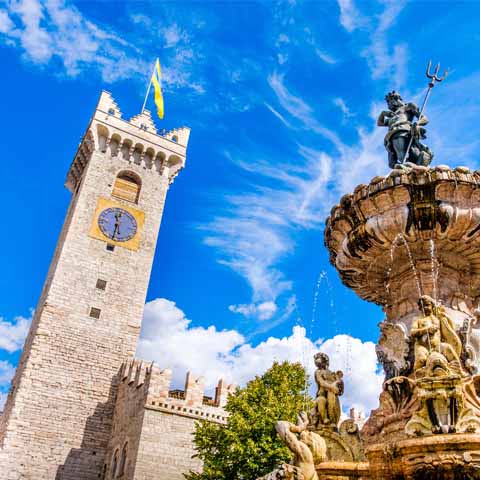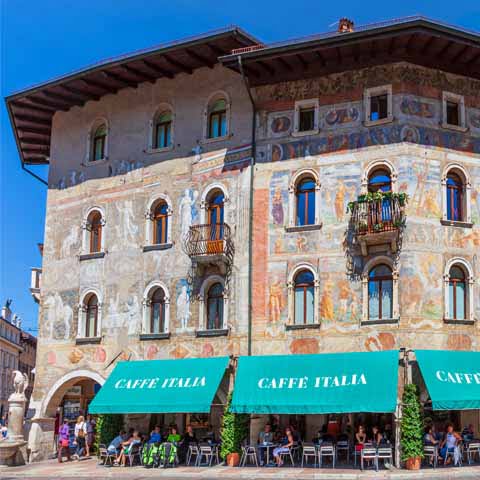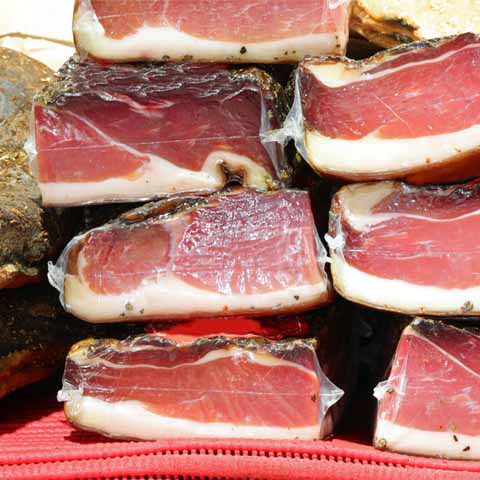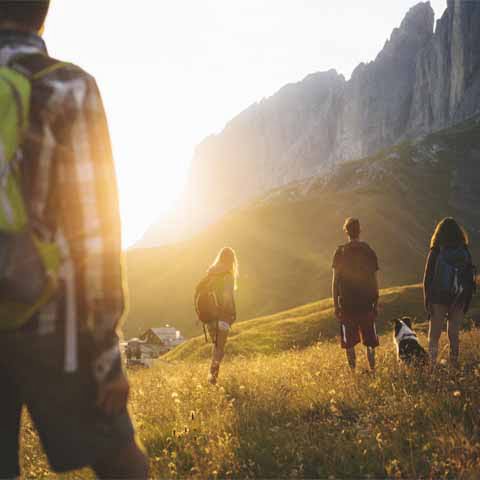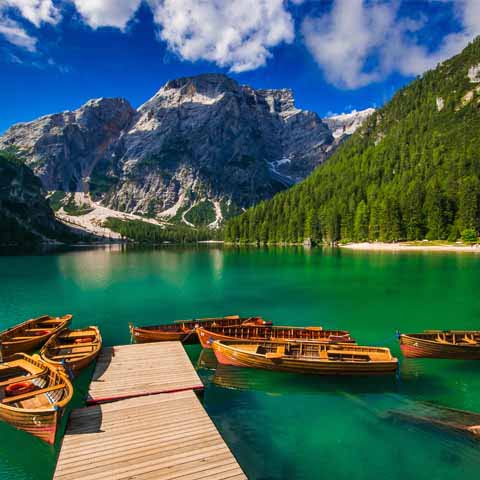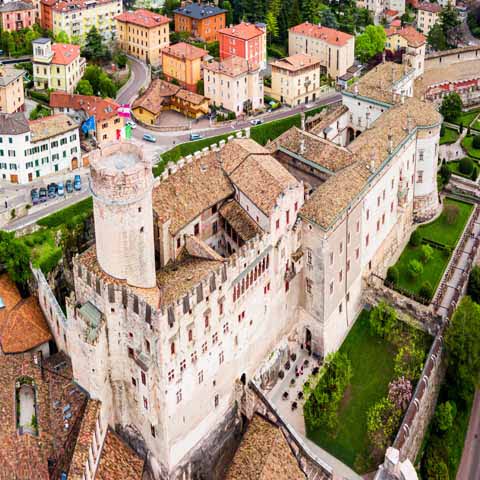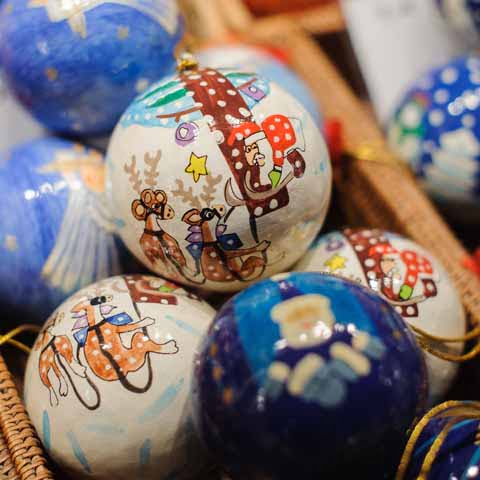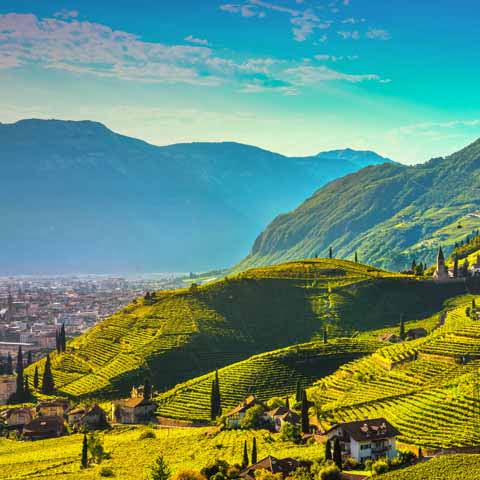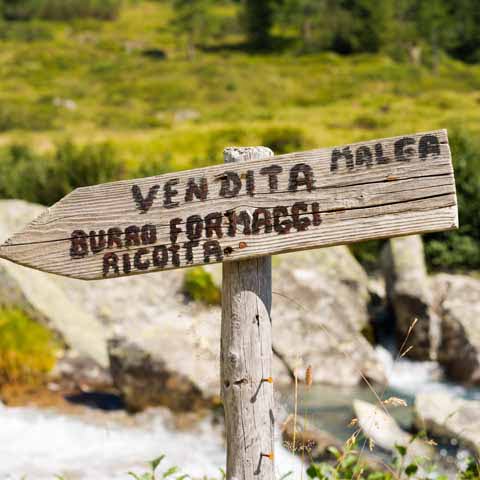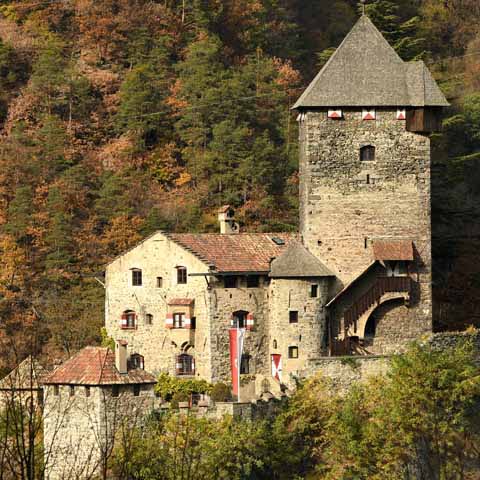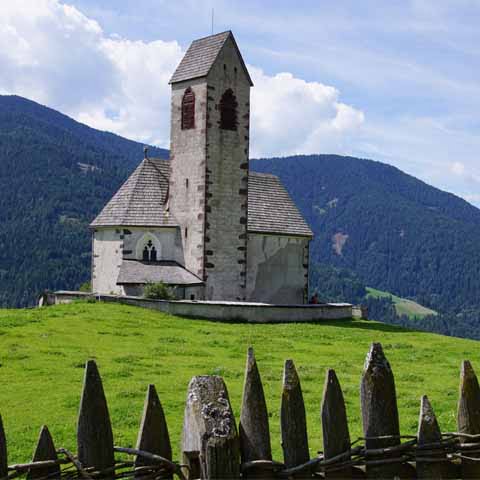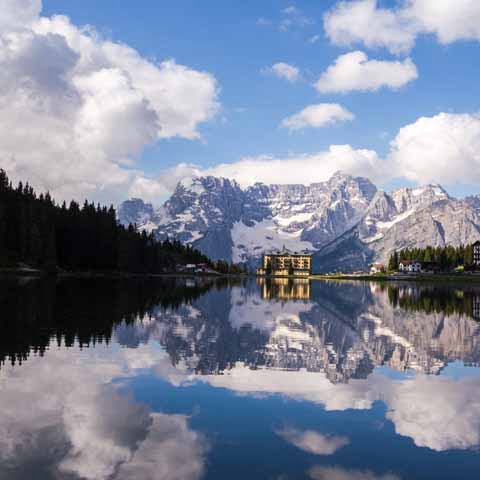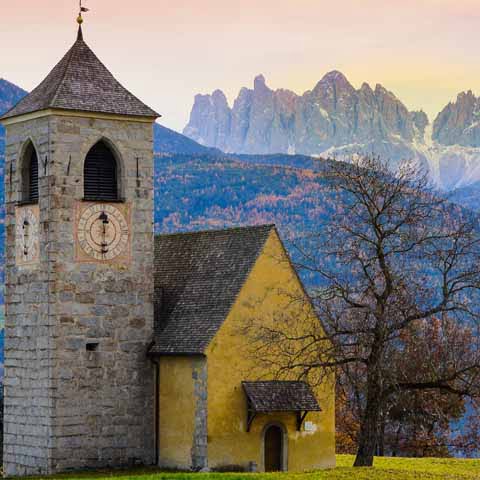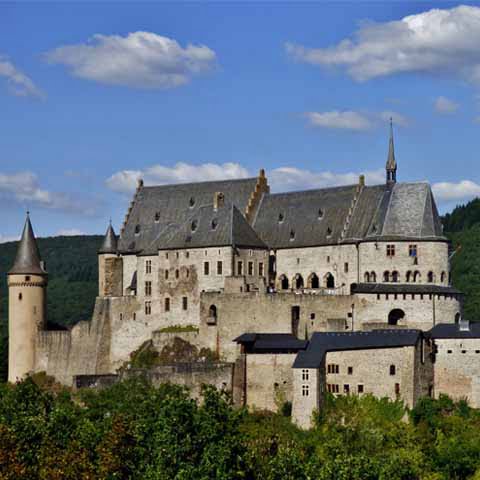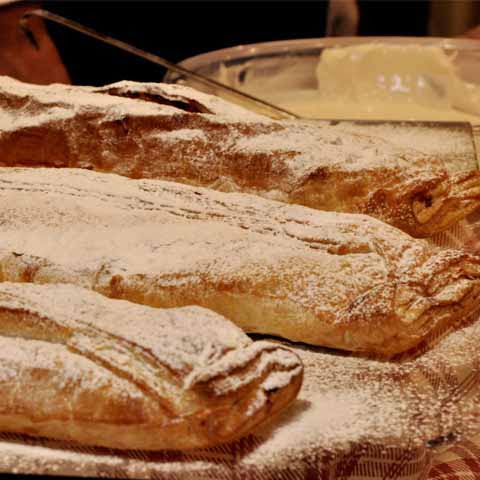Trentino Alto Adige Travel Guide
Tucked into the northernmost border of Italy, Trentino-Alto Adige is a secret getaway that both ensnares and delights the senses with majestic snow capped mountains, luscious green valleys, and traditions and cuisines not found elsewhere in the country.
The region’s hyphenated name is a product of its diverse culture that is divided into two sub areas, Trentino and Alto Adige. The Trentino area is located at the southern tip of the Trentino-Alto Adige region and is more Italian in its culture and traditions than the sub area of Alto Adige. The latter area is named as such because its northern section is home to the Adige River, and although located in Italy, much of its tradition has German roots due to border influence. Because of the differences that make each sub area unique, the region simply combined their names to define itself as a whole while retaining its diversity. Even today, the people of this region speak not only Italian, but also German and Latin.
Though the culture and tradition are diverse, the geography is not. Trentino-Alto Adige is one of the most mountainous regions in the country, and the only region with Aosta Valley to be considered totally mountainous. In 2009, the Dolomties mountain range which stretches throughout Trentino-Alto Adige was designated as a United Nations Educational, Scientific, and Cultural Organization (UNESCO) World Heritage Site, which protects the area via international treaties.
Geography and Climate
Much of Trentino-Alto Adige’s diversity is yielded from shared borders with Switzerland in the north, Austria in the north, Veneto in the east and south, and Lombardy in the west and south. It is divided into two provinces, Trentino and South Tyrol, which is also known as Alto Adige.
This completely mountainous region boasts some of the highest peaks of the Alps, such as Ortles at 12,792 feet, and Cevedale at 12,349 feet. On average, the mountain peaks here are higher than 10,000 feet. The Dolomites form part of the southern limestone Alps and are known for the picturesque peaks of Sella, Marmolada, and Tre Cime of Lavaredo which is also known as “three peaks.”
While the mountains are glorious in their own right, they give way to some of the most striking rivers and lakes in the region. Italy’s second largest river is the Adige River, which is fed by an alpine lake located high in the Dolomites near the Austrian border. From there, it travels south through the center of the region, making it the second longest river in Italy and instrumental in creating the gorgeous Adige Valley. Not to be overlooked is the Brenta River, very famous for its proximity to the Venetian lagoon in Veneto.
Mountain precipitation contributes to a network of beautiful alpine lakes that feature breathtaking waterfalls and are surrounded by lush forest vegetation that combined are a stunning work of art by Mother Nature. Tourist favorites include Lake Carezza which is surrounded by a sprawling spruce forest, and Lake Resia which features a half-submerged bell tower. But perhaps the grandest lake in the region is Lake Garda, also the largest lake in Italy, which shares its northern shoreline with this region.
The climate of rugged Trentino-Alto Adige is largely alpine with very cold winters bringing frequent snows that preserve some permanent glaciers in the northernmost parts of the region. Spring and fall bring refreshing rains that feed the rivers and lakes, while summers are comfortable and pleasant. The further south one travels in the region, the Mediterranean climate becomes more prevalent.
When in Trentino Alto Adige
The town of Selva Di Val Gardena is one of the most famous, with something for everyone during the various seasons of the year. In cold weather months the town offers fantastic skiing on amazing powdered, snow covered slopes for those that enjoy combining the sport with outstanding scenery of the area. In warmer weather, hikers and tourists alike enjoy some of the best trails in the Dolomites.
The town is overshadowed by the beautiful peaks of Sassolungo, Stevia, Cir, and Stella. Also not to be missed are two castles, Wolkenstein and Castel Gardena, that seemingly transport beholders into the pages of a magical fairytale.
One of the older natural parks of Italy, Parco Nazionale dello Stelvio, is considered impressive for its rich vegetation. The unique flora present in the park is accurately represented by a number of larches and pines, including Norway spruce, European larch, Arolla pine, Scots pine and more. Parco Nazionale dello Stelvio is perched high up in the mountains and acts as a protective sanctuary for animals such as the alpine ibex, chamois, deer, badger, and marmot. The sometimes harsh cold weather of the region is home to some rare plants species, including glacier buttercups and dwarf snowbells.
Corvara in Badia is one of the most requested Trentino-Alto Adige towns by tourists because of its warm hospitality and gorgeous mountainous surroundings. Skiers flock to the region when snow envelopes the region, and hikers and mountain climbers are drawn to the area during the warmer months to experience the grandeur of the Dolomites. Mount Sassonhger is one of the most extreme and fascinating mountains in the entire region. It stands three thousand feet above the town and offers an unparalleled view of the Dolomites.
If visiting during a warmer spell of weather, the orchards of the region are a crowd favorite. The crisp mountain air and pristine scenery makes picking apples in one of the various orchards in the valleys a truly unique experience that often yields a tasty apple dessert.
When it comes to art and history, Riva Del Garda is the place to be when visiting Trentino-Alto Adige.
The town sits on the northern tip of Lake Garda and is surrounded by mountains. While winter weather here is much like that of the mountains that surround it, the summers are extremely pleasant and often include a refreshing breeze from the lake. The Museo Civico is located in a medieval fortress and is home to cultural activities during the summer. The Church of Inviolata is the most famous Baroque style structure in the area that appears square on the outside and is octagonal on the inside, with a myriad of beautiful altars, gates, vaults, and confessionals among marbled pavements.
Trentino-Alto Adige is a region of beautiful mountains and forests that are stunning reminders of the beauty abounding in nature’s most wild and original form, and of a warm and endearing people who welcome tourists with open arms.
Travel Guides
